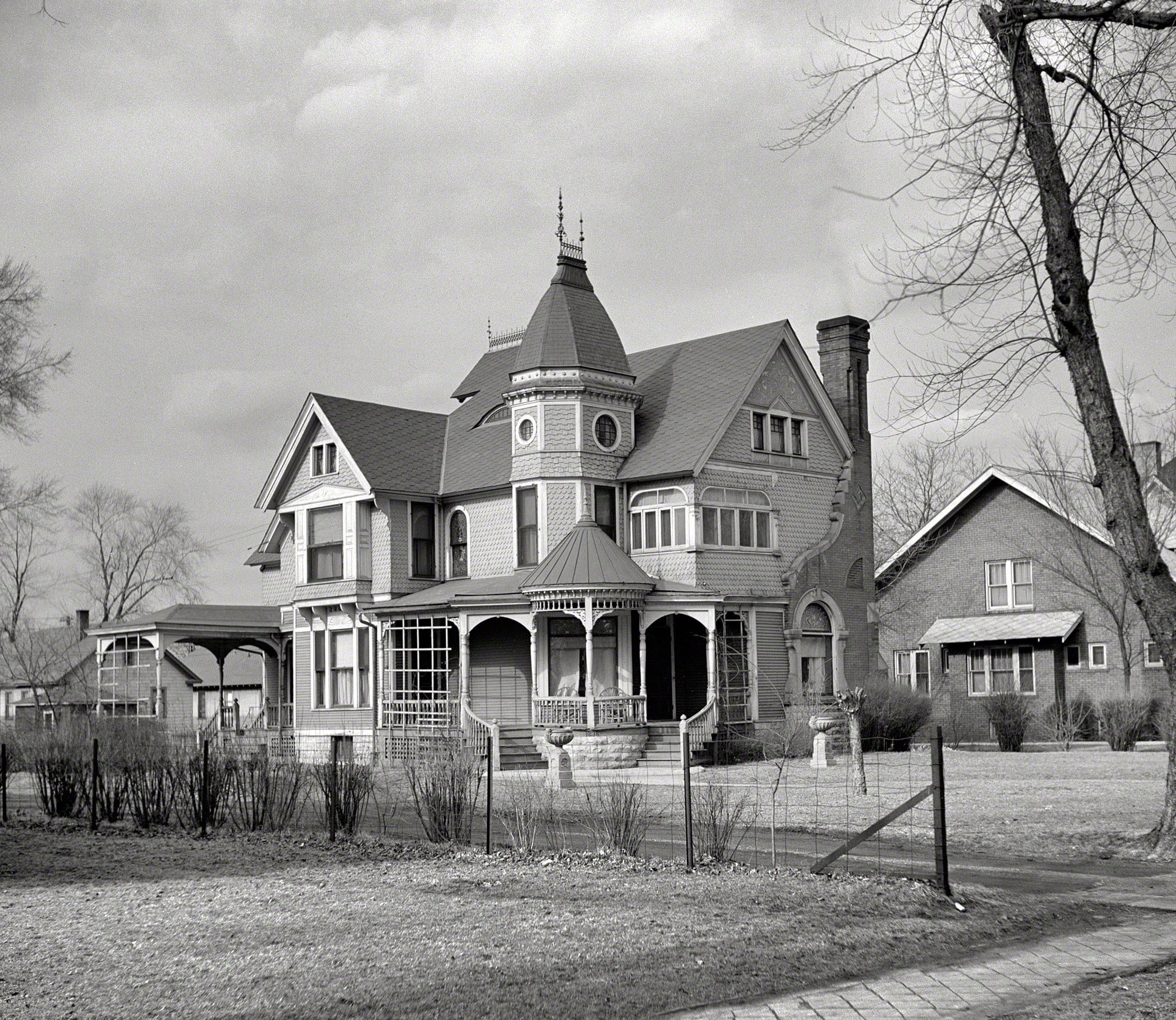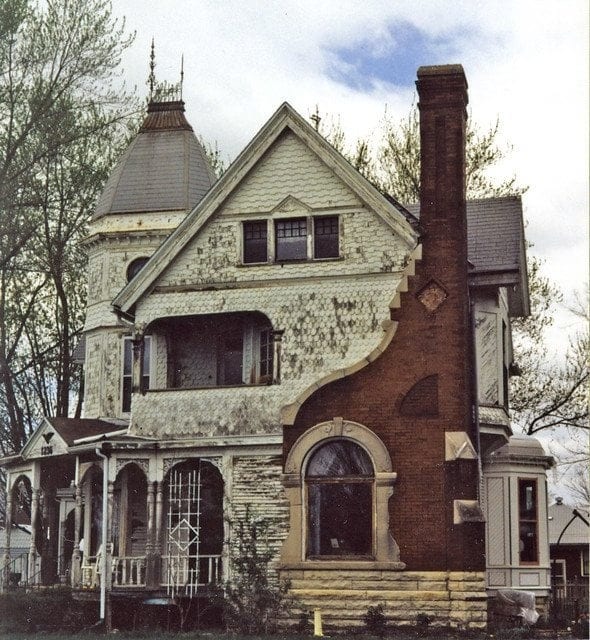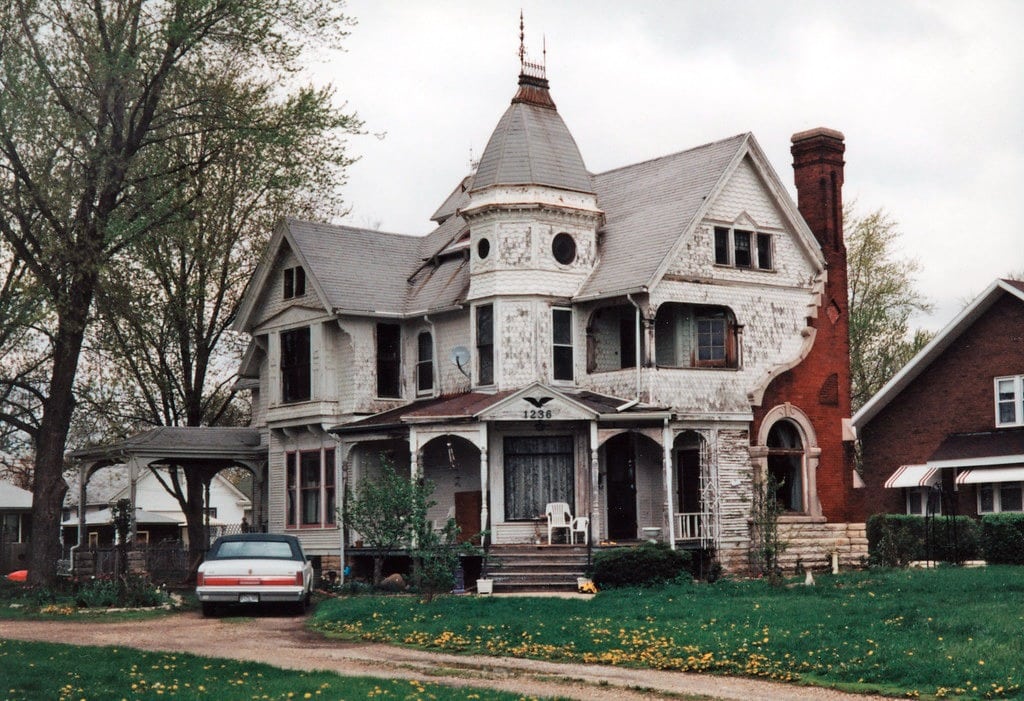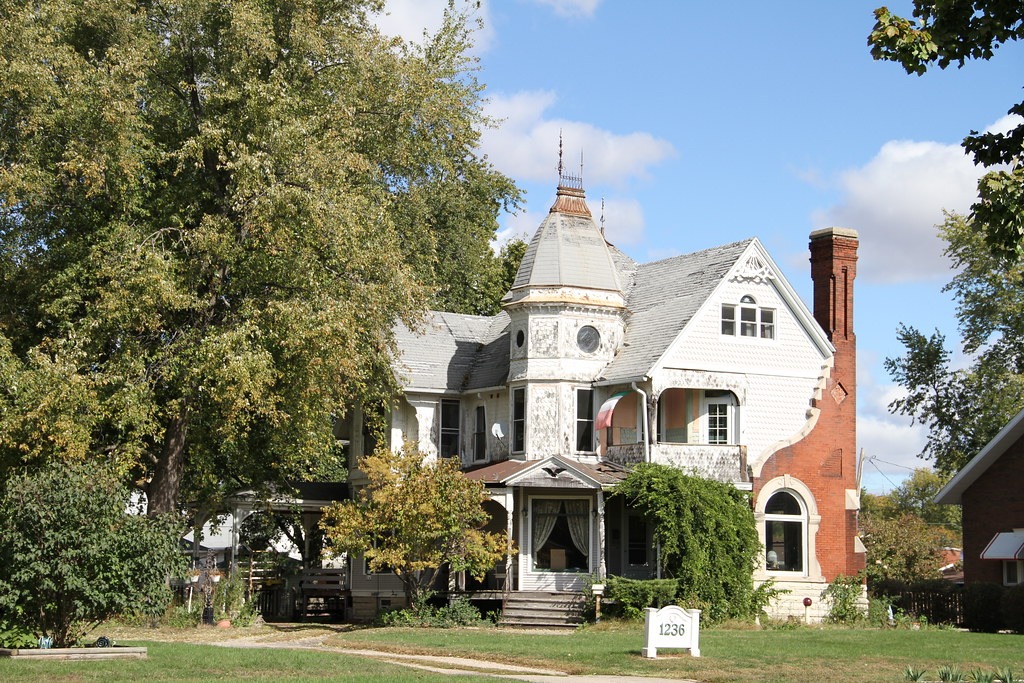Walter Palmer House – A Beautiful Representation Of Late 19th-Century Architecture
The Walter Palmer House was built in 1896 in Ottawa, Illinois.
Designed by the renowned architect George Barber, the house reflects the rich historical tapestry of its namesake, Walter Palmer.
It is a testament to the timeless elegance and craftsmanship of the late 19th century.

Who Was Walter Palmer?
Walter Palmer (1585–1661) was an early Separatist Puritan settler who played a crucial role in the establishment of several key settlements in the Massachusetts Bay Colony, including Charlestown, Rehoboth, and Stonington, Connecticut.
Palmer was born around 1585 in Frampton, Dorset, England, and in 1629, he emigrated to America.
His life was marked by notable events, including his acquittal on manslaughter charges and his subsequent roles as a selectman, constable, and founding member of new settlements.
 The Architectural Brilliance of George Barber
The Architectural Brilliance of George Barber
George Barber is the architect behind the Walter Palmer House.
He was a prominent figure in American residential architecture during the late 19th and early 20th centuries.
The architect was known for his intricate designs and attention to detail.
His work often featured elements of the Queen Anne and Victorian styles.
The Walter Palmer House is a perfect example of his architectural prowess, showcasing ornate woodwork, spacious interiors, and elegant exteriors.
 The Walter Palmer House
The Walter Palmer House
The Walter Palmer House embodies the grandeur and elegance of its era.
With its intricate detailing and classic design, the house is a beautiful representation of late 19th-century architecture.
Some key features include:
- Ornate Woodwork: The house boasts beautifully crafted woodwork, a hallmark of Barber’s designs. Intricate carvings and decorative elements can be found throughout the interior.
- Spacious Interiors: The layout of the house is both functional and elegant, with large rooms that provide a sense of openness and comfort.
- Elegant Exteriors: The exterior of the house is adorned with decorative trim and architectural details that highlight the beauty of the Victorian style.


